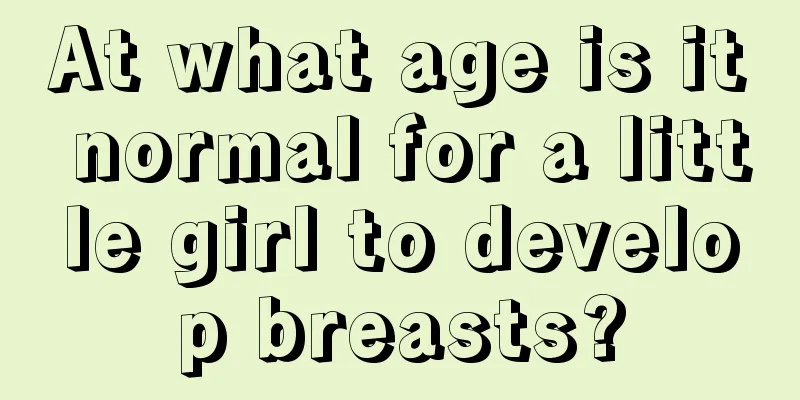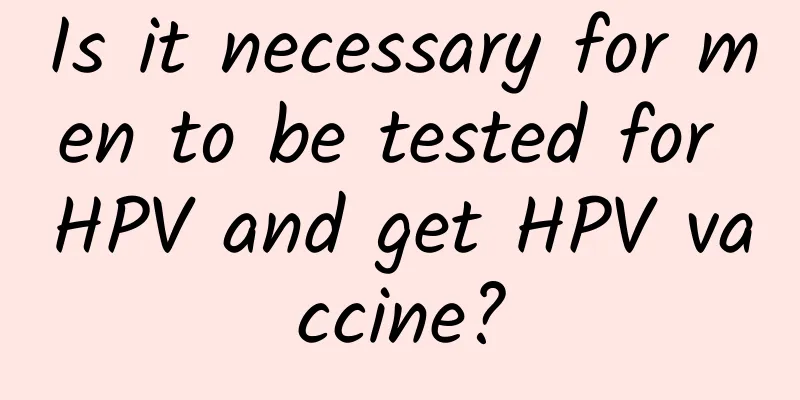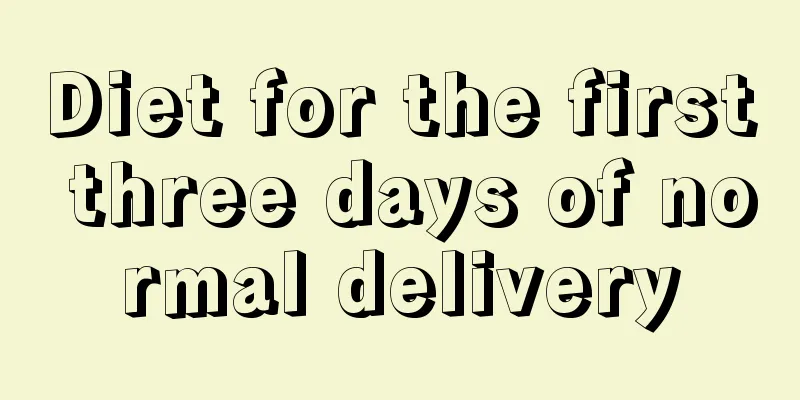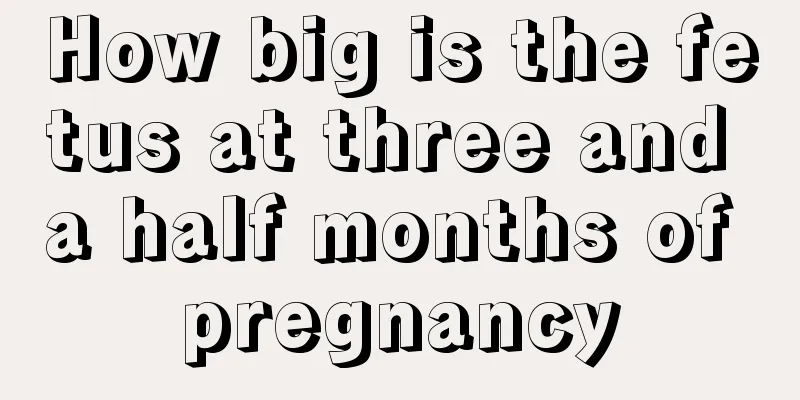Why do I have a little pain in my breast?
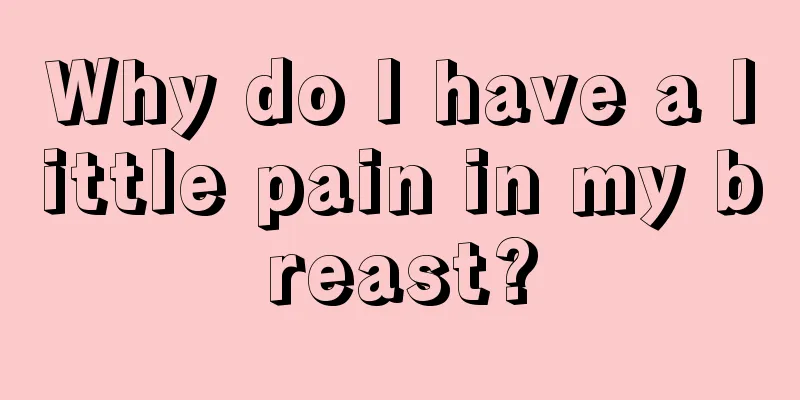
|
As one of the symbols of women, breasts not only attract the attention of many male friends, but also are related to women's physical health. Many women say that they always experience breast pain in their daily lives. Sometimes the pain disappears after a while, and sometimes the pain continues for two or three days. So, what exactly is going on when you have a little pain in your breasts? You need to be alert to the following reasons. What causes breast pain? Breast pain is a common complaint in outpatient clinics. Breast pain can be divided into cyclical and non-cyclical, and can also change from cyclical to non-cyclical. 2/3 of breast pain is cyclical. The vast majority of patients are premenopausal women. The most common site of pain is above the outer side of the breast, and symptoms worsen before menstruation. The pain is characterized by distension, heaviness and tenderness. 1. Breast pain caused by reasons other than breasts: In fact, it is diseases in other parts of the body that manifest as pain in the breast area, such as pneumonia and costochondritis. 2. Cyclic breast pain: It is related to the menstrual cycle and reflects the cyclical changes in hormones in the body. This pain is largely normal and mainly occurs in premenopausal women, especially before the age of 35. Most cases can be relieved by themselves. 3. Non-cyclical breast pain: Compared with cyclical breast pain, non-cyclical breast pain is more worthy of attention. But most non-cyclical breast pain is also benign. Its characteristics include intermittent onset, variable pain intensity, mostly unilateral occurrence, and sharp nature. Is breast pain a disease? Although this is an era of high incidence of breast cancer, don't panic. 90% of breast pain is not a sign of disease! 1. Insufficient breast development, forming nodules Many women experience breast pain, which is related to their hormone levels. Insufficient breast development, medically known as incomplete involution, often causes breast pain. The process of changes in hormone levels caused by women's menstruation is like the ebb and flow of the tide. After the tide recedes, mud and sand will be left behind. These "mud and sand" that are not left behind when the tide recedes are equivalent to the epithelial cells that are constantly shed and renewed in the breast. They remain in the mammary ducts and cause incomplete degeneration. Many women will feel many nodules in their breasts. Whether they are lump-shaped, sand-shaped, nodular-shaped, strip-shaped, or plaque-shaped, they are all normal. Before pregnancy, the mammary ducts are blocked by accumulated epithelial cells, forming hard nodules. However, after pregnancy, due to the influence of estrogen and progesterone, the breasts are fully developed and the nodules disappear without treatment. 2. Third degree pain requires medical attention as soon as possible According to experts, breast pain is divided into three degrees. First degree is pain felt when touched with the hand, second degree is pain felt when moving, and third degree is pain at rest, which means pain felt even when lying in bed. First-degree pain does not need to be treated, but second-degree pain can be considered It can be solved by taking medicine. Third-degree pain is also called severe pain, so you can go to the doctor. 3. Breast hardness has nothing to do with disease In addition to breast pain, the hardness of the breasts can also be graded: one degree is as soft as the lips, two degrees is moderately soft and hard like the nose, and three degrees is as hard as the forehead. But whether it is soft or hard, it does not indicate any disease. If you feel a "swelling" in your breast and it is symmetrical on both sides, then you can consider it as ordinary hyperplasia. If the "swelling" changes before and after menstruation, then there is no need to worry about cancer. 4. Women over 35 should have regular checkups Regarding the problem of breast pain in women, experts recommend that women over 35 years old need to undergo regular breast screening; for women under 35 years old, if the breast pain is severe enough to affect their daily life and they feel a "swelling", then they need to go to the hospital for medical treatment. |
<<: How to stop excessive menstrual bleeding?
>>: What medicine should women take for spleen deficiency and damp-heat?
Recommend
Causes of chronic mastitis
I believe everyone knows the importance of breast...
Don’t worry about putting on weight in autumn. This is the healthiest way to put on weight
After a long and hot summer, the human body consu...
Is it better to eat lettuce raw or cooked? How to clean lettuce
Lettuce not only tastes special, but also has exc...
Enzyme fasting weight loss method
I believe many people are surrounded by weight pr...
What medicine should be used for fungal vaginitis
I believe that female friends who have fungal vag...
The impact of sterilization surgery on women
Contraceptive surgery is a surgery to prevent pre...
Why is there a lump in the breast but it doesn’t hurt?
Breasts are women's gender labels, but it is ...
What is the partition between the bedroom and the living room? How to partition the living room and the bedroom?
We all know that many apartment types are relativ...
How long after induced abortion can I go out?
As we all know, induced abortion is definitely ha...
What causes breast pain after ovulation?
Many women feel breast pain around ovulation and ...
Precautions and taboos in late pregnancy
In the late pregnancy, the fetus will begin to en...
There is a lump and pain when pinching the chest
Female friends are very afraid of suffering from ...
What is the best breakfast for women?
Breakfast is very important for both men and wome...
How to determine whether the flow is clean
Abortion is usually a method of terminating pregn...



